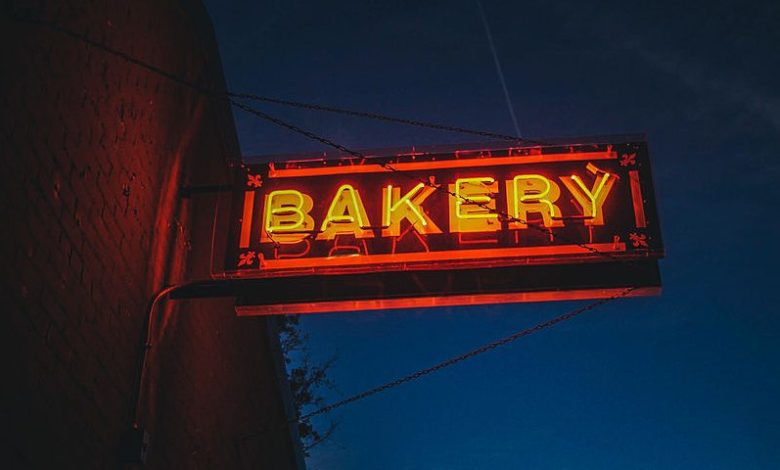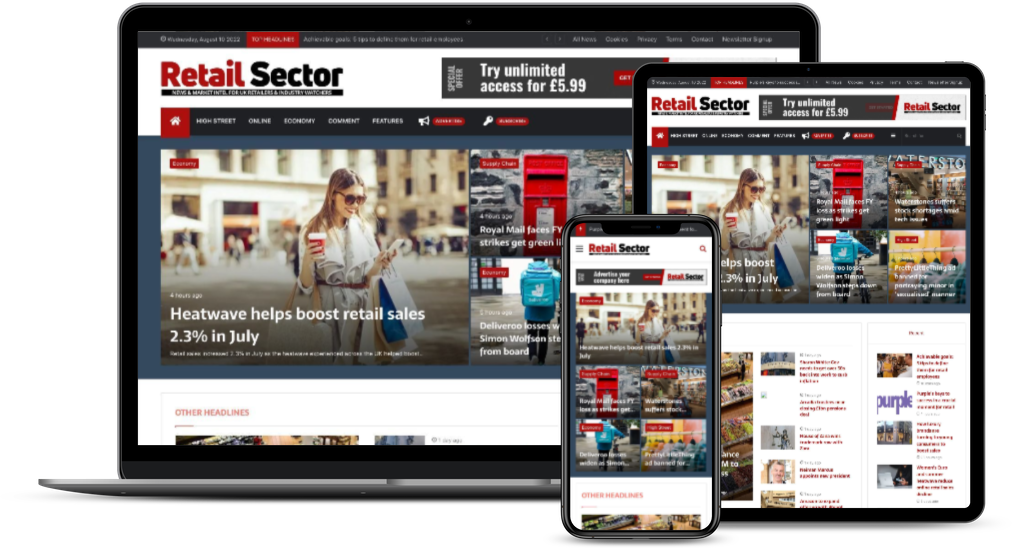Making faux-neon signs work for modern retailers

It’s no secret that bricks and mortar businesses need to do all they can to stand out in the modern retail landscape. But how they achieve this is becoming harder to grasp, as consumer shopping habits and industry trends are increasingly difficult to predict.

